20 Incredible Vintage Photos From The Hippie Revolution (1960s-1970s)

Slip on your rose-colored glasses and hop aboard a magic bus to one of the most radical, free-spirited eras in history—the Hippie Revolution of the 1960s and ’70s.
This wasn’t just a movement; it was a full-blown cultural awakening, bursting with color, sound, and soul. Peace signs were the language, music was the heartbeat, and love was the ultimate rebellion. From sun-drenched music festivals to fields of wildflowers and protest lines filled with passion, every moment was a statement—and a celebration.
These 22 vintage photos don’t just show the era, they vibe with it. You’ll see flower crowns, bare feet, painted buses, and wide-open hearts, all captured in a kaleidoscope of style and spirit.
So dust off your bell-bottoms, sling on those love beads, and join me for a groovy trip back to when the world dared to dream out loud and dance like no one was watching.
1. Woodstock Festival, 1969
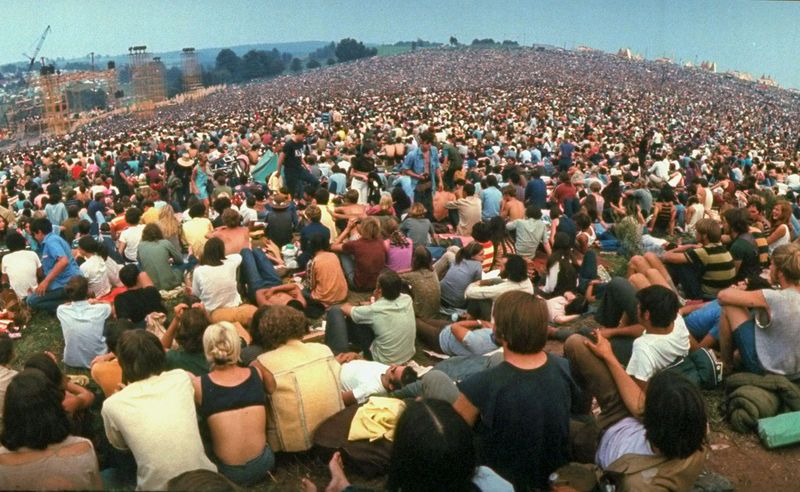
Ever heard of a party that lasted three days and changed the world? Welcome to Woodstock 1969, where peace, love, and music collided in a muddy field. Imagine being surrounded by 400,000 free spirits, all gathering to celebrate life and music. The air was filled with the sounds of Jimi Hendrix and Janis Joplin, creating a symphony of liberation and unity.
Woodstock wasn’t just a festival; it was a cultural phenomenon. People traveled from all over to experience what would become an iconic moment in history. The atmosphere was electric, with a sense of community that transcended barriers. From mudslides to impromptu performances, every moment was a memory in the making.
Despite the chaos, or perhaps because of it, Woodstock became a symbol of the 60s counterculture. It was messy, magical, and utterly unforgettable. Did you know? The festival was initially planned for only 50,000 attendees!
2. Haight-Ashbury, San Francisco
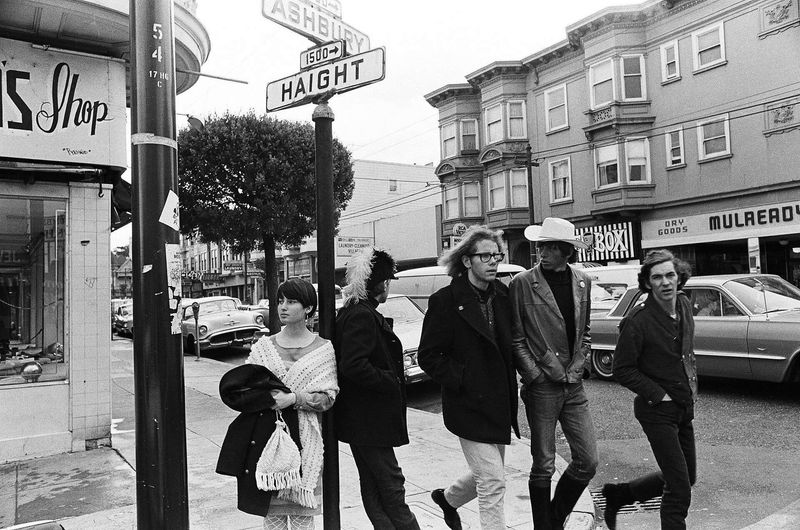
Haight-Ashbury was the epicenter of the hippie universe—a place where ideals were as colorful as the clothes. Picture a street buzzing with creativity, where every corner seemed to echo with the sound of guitars and laughter. The Summer of Love in 1967 put this San Francisco neighborhood on the map, attracting dreamers and rebels alike.
Walking through Haight-Ashbury was like stepping into a kaleidoscope, with vibrant murals and eclectic shops lining the streets. It was here that the Grateful Dead and Jefferson Airplane played impromptu gigs, turning ordinary days into legendary nights. The sense of freedom was palpable, as people embraced new lifestyles and philosophies.
Though the neighborhood has evolved, the spirit of Haight-Ashbury lives on. It’s a reminder of a time when change was in the air, and the world danced to a different beat. Fun fact: The “Red Dog Experience,” a precursor to the hippie movement, originated here!
3. Flower Child and Peace Sign
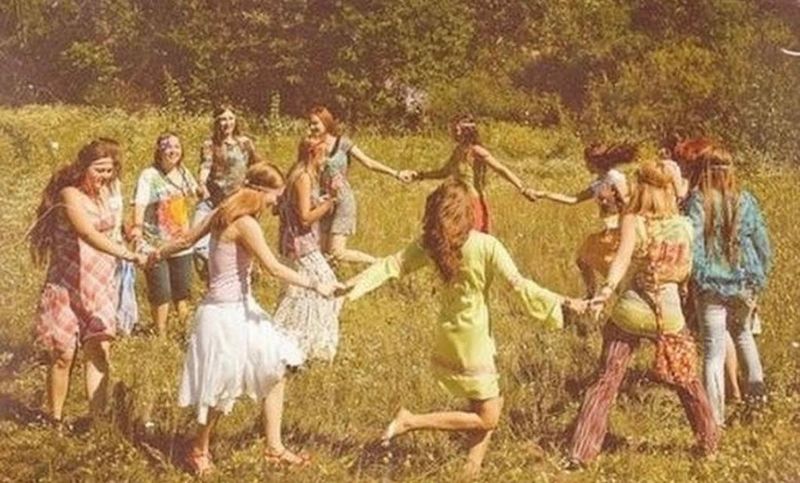
If you could capture the essence of the hippie movement in one image, it would be a flower child flashing a peace sign. This universal symbol of peace and love became synonymous with the era, reflecting a desire for harmony in a turbulent world. Picture a young woman adorned with flowers, her eyes filled with hope and a smile as bright as the sun.
The peace sign was more than just a gesture; it was a statement of intent. It transcended language barriers and united people in a common cause. Whether at protests or concerts, the peace sign was a beacon of solidarity, a silent yet powerful call for change.
As we look back, the flower child remains an enduring icon of the 60s and 70s. This simple gesture still resonates today, reminding us of a time when ideals were unyielding, and love was the answer. Did you know? The peace sign was originally designed for the British nuclear disarmament movement in 1958.
4. Tie-Dye Fashion
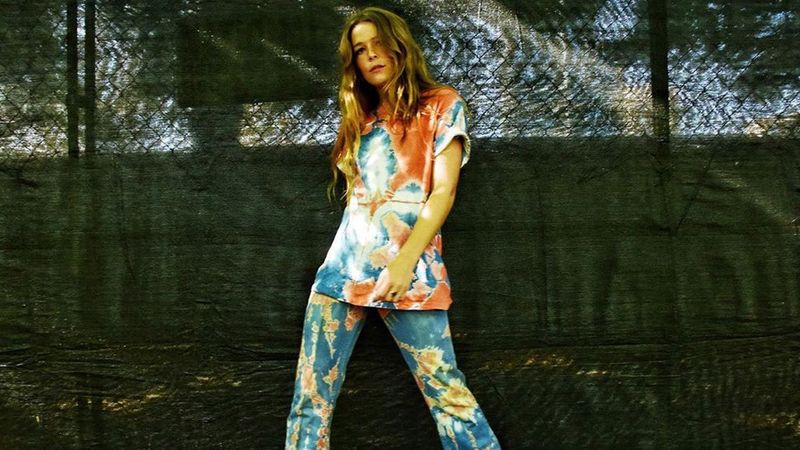
Tie-dye wasn’t just a fashion statement; it was a declaration of individuality. Imagine a world where every shirt was a canvas and every wearer an artist. The swirling colors and unique patterns captured the free spirits of the 60s and 70s, making every piece as unique as a fingerprint.
Tie-dye became a staple of hippie fashion, embodying the movement’s ethos of creativity and self-expression. With nothing more than a white shirt and some dye, anyone could transform their wardrobe into a technicolor dream. It was a rebellion against conformity, a celebration of color in a monochrome world.
Today, tie-dye continues to inspire, reminding us that fashion can be a form of art. So, next time you see those vibrant swirls, think of the rebels who painted their clothes with passion and purpose. Fun fact: The technique dates back to ancient cultures, but it was the hippies who gave it a modern twist!
5. VW Bus
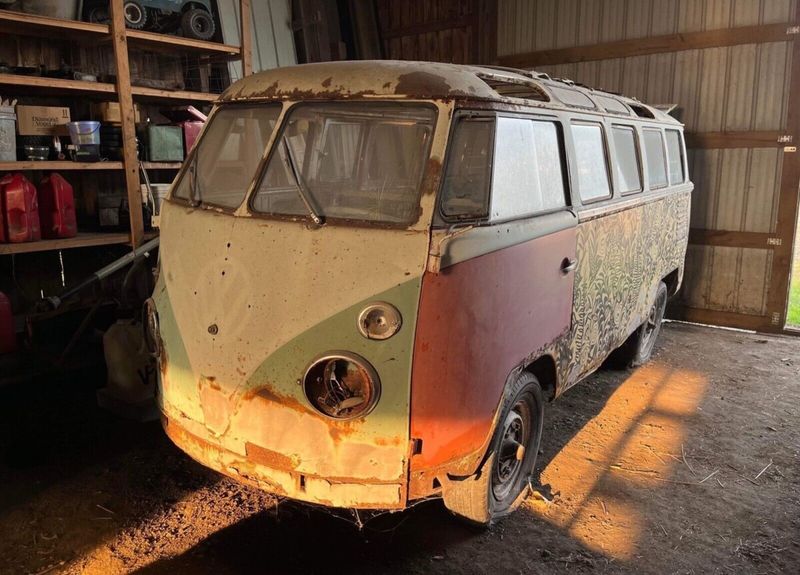
The VW Bus wasn’t just a vehicle; it was a symbol of freedom and adventure. Imagine hitting the open road with nothing but the horizon ahead and the promise of discovery. The iconic bus, often painted with psychedelic designs, became a rolling canvas for self-expression.
Traveling in a VW Bus was about more than reaching a destination; it was about the journey itself. It brought people together, creating a sense of community on wheels. Whether heading to a music festival or exploring the great unknown, the bus was a trusty companion and a home away from home.
Though times have changed, the VW Bus remains a beloved icon of the hippie era. It represents a time when life was about exploration, and every road led to a story. Fun fact: The VW Bus was initially called the “Type 2,” following the Beetle, which was “Type 1.”
6. Psychedelic Concert Posters
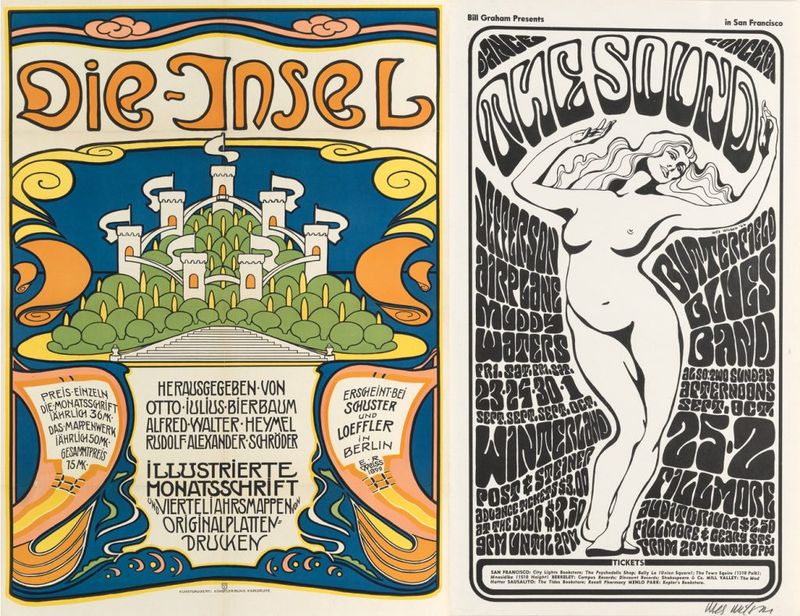
Concert posters in the 60s and 70s were like visual fireworks, exploding with color and creativity. Picture entering a room filled with these psychedelic masterpieces, each one a riot of swirling patterns and bold fonts. They weren’t just advertisements; they were pieces of art that captured the spirit of the time.
These posters promoted concerts featuring legendary bands like The Grateful Dead, Jefferson Airplane, and The Doors. They were designed to catch the eye and spark the imagination, drawing music lovers into a world of sound and vision. The artwork was as much a part of the experience as the music itself.
Today, these posters are cherished collectibles, reminders of an era when music and art were inseparable. So, if you ever stumble across one of these vibrant relics, take a moment to appreciate the creativity and passion that went into every detail. Did you know? Many of these posters were created by artists who became legends in their own right, like Stanley Mouse and Alton Kelley.
7. Anti-War Protest

Peace, not war! The anti-war protests of the 60s and 70s were as iconic as the bell-bottoms worn by their supporters. Imagine a sea of determined faces, holding banners high and chanting for change. These protests were more than just gatherings; they were movements that shook the foundations of society.
The Vietnam War ignited much of this activism, sparking outrage and a desire for peace. From college campuses to city streets, people from all walks of life came together, united by a common goal. Their voices echoed through history, proving that collective action could indeed make a difference.
As we reflect on these powerful demonstrations, we’re reminded of the impact a passionate group can have. These protests were proof that when people stand together, the world listens. Fun fact: The famous “Pentagon March” in 1967 drew over 100,000 participants!
8. Hippie Commune

Imagine a place where the grass is greener, and the vibes are all about peace and harmony—welcome to the hippie commune! These intentional communities popped up across the country, offering an alternative lifestyle centered around shared values and simple living.
Life on a commune was about leaving the rat race behind and embracing a more sustainable, community-focused way of living. Picture gardens full of homegrown veggies and people working together to build a utopia. It was a return to basics, with an emphasis on love, peace, and cooperation.
Though many communes have faded away, their legacy lives on in today’s eco-villages and cooperative living spaces. They remind us that with a bit of teamwork and a lot of love, we can create a better world. Did you know? The Farm in Tennessee, founded in 1971, is one of the longest-lasting hippie communes still in existence.
9. Psychedelic Art
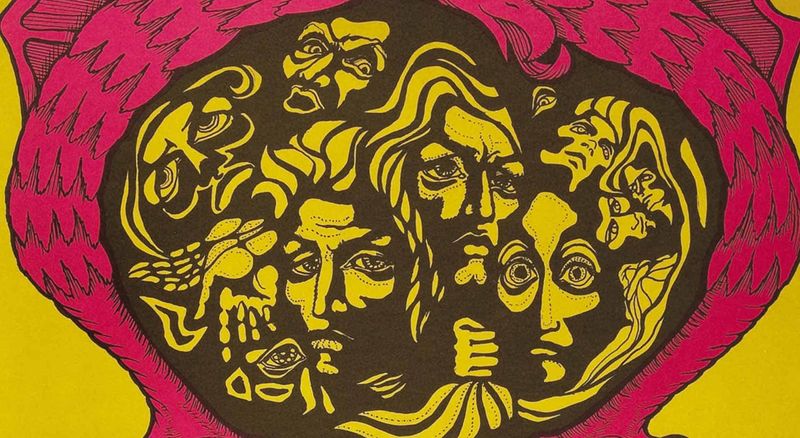
Psychedelic art was like stepping into an alternate dimension—one filled with vibrant colors and mind-bending patterns. Imagine staring at a canvas that seemed to pulse with energy, inviting you to lose yourself in its depths. This art form was as much about the experience as it was about the visuals.
Emerging alongside the counterculture movement, psychedelic art drew inspiration from altered states of consciousness and Eastern philosophies. It was a celebration of creativity, pushing boundaries and exploring the unknown. Artists used bold colors and intricate designs to create works that were both mesmerizing and thought-provoking.
Today, psychedelic art continues to captivate, reminding us of a time when art was about breaking free and exploring new frontiers. So, next time you see a swirling masterpiece, let it take you on a journey beyond the ordinary. Did you know? The art style was heavily influenced by the use of hallucinogens, which artists believed unlocked new realms of creativity.
10. LSD and Timothy Leary
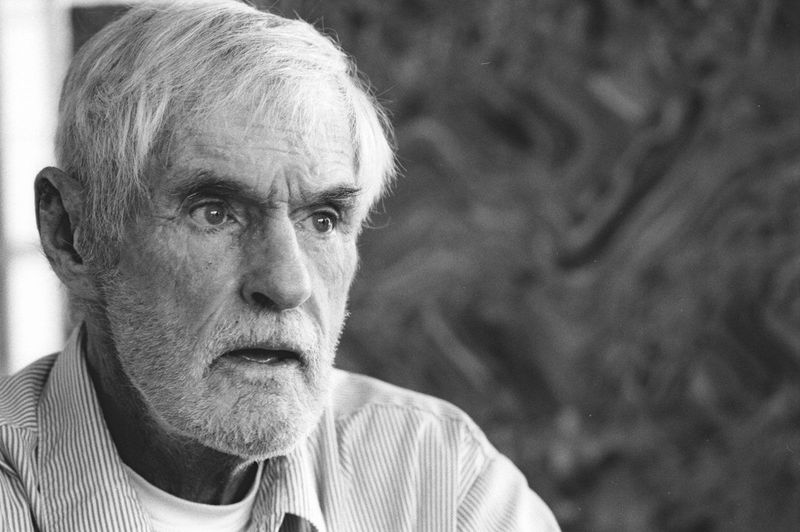
Turn on, tune in, drop out! Timothy Leary, the godfather of the psychedelic movement, was a Harvard psychologist who famously advocated for the use of LSD. Picture a man with the charisma of a rock star and the mind of a scientist, challenging the establishment with his controversial ideas.
Leary believed LSD could expand consciousness and unlock creative potential. His experiments and teachings inspired a generation to explore the boundaries of the mind. Whether revered as a visionary or criticized as a provocateur, Leary’s impact on the counterculture was undeniable.
Though his methods were questioned, Leary sparked a conversation about the mind’s untapped potential that continues today. He remains a symbol of the 60s counterculture—a reminder that sometimes, the wildest ideas can open doors to new possibilities. Fun fact: Leary’s phrase “Turn on, tune in, drop out” became a mantra for the era.
11. Hippie Fashion
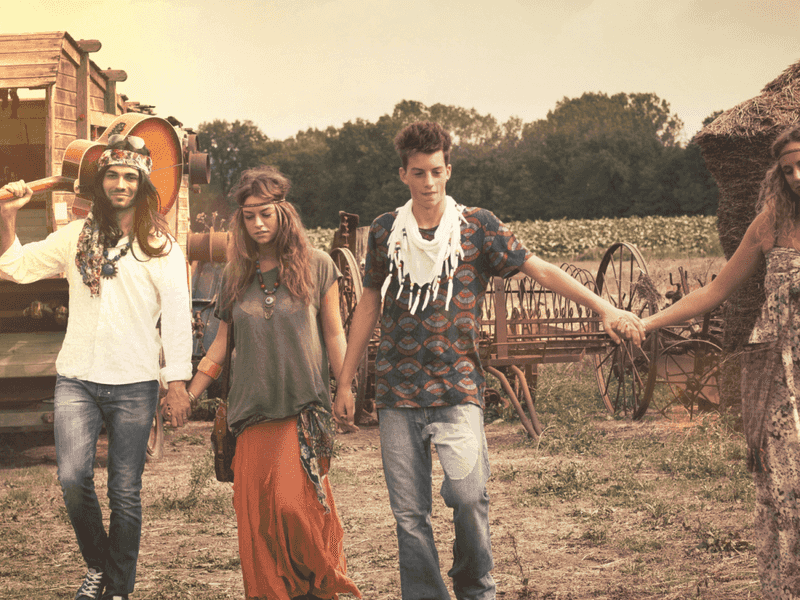
Hippie fashion was more than just clothing; it was a statement of rebellion and individuality. Imagine a world where style was defined by freedom, with bell-bottoms, fringed vests, and headbands turning sidewalks into runways. It was a colorful, eclectic blend of the old and new.
Drawing inspiration from various cultures and eras, hippie fashion rejected mainstream norms in favor of a more relaxed, bohemian aesthetic. It was about expressing one’s true self and embracing imperfections. Beads, embroidery, and natural fabrics added to the charm, creating a look that was both laid-back and iconic.
Today, hippie fashion continues to influence trends, proving that its laid-back vibe and spirit of individuality never go out of style. So, next time you rock a pair of flared jeans, remember the trailblazers who wore them first. Fun fact: The iconic bell-bottoms were originally worn by sailors in the 19th century!
12. Burning Man Origins
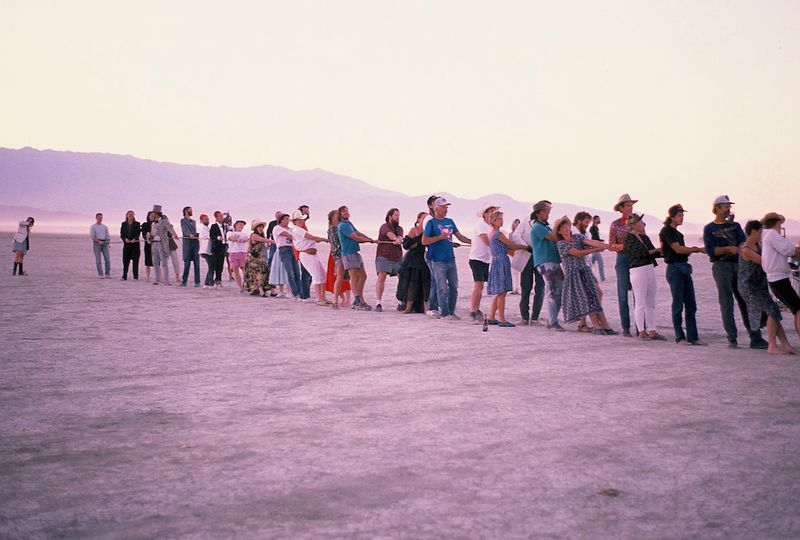
Before it became the massive festival we know today, Burning Man started as a small gathering on a San Francisco beach in 1986. Picture a group of free spirits coming together to celebrate life by the ocean, ending with the burning of a wooden effigy.
The event was born out of the desire to create a community focused on art, self-expression, and radical inclusion. It quickly grew, moving to the Nevada desert, where it became a week-long celebration of creativity and human connection. The principles of Burning Man align closely with those of the hippie movement, emphasizing communal effort and self-reliance.
While Burning Man has evolved, its roots remain firmly planted in the ideals of the 60s and 70s. It serves as a modern-day reminder that creativity and community can thrive in the most unlikely of places. Did you know? The first Burning Man effigy was only eight feet tall, a far cry from the towering structures of today.
13. Hippie Music Festivals
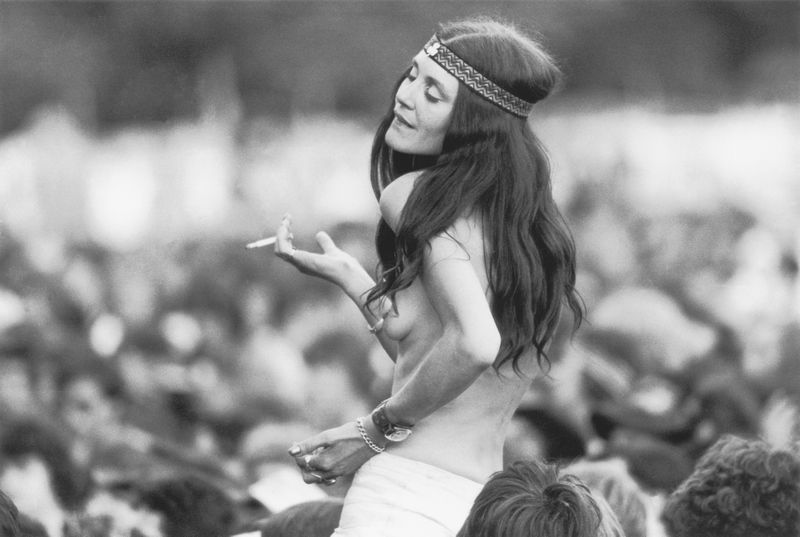
When the music’s so good, you can almost taste it—that’s a hippie music festival for you! Imagine fields filled with the sound of guitars and laughter, as people danced like nobody was watching. These festivals were more than concerts; they were celebrations of life and freedom.
From Woodstock to Monterey Pop, these gatherings attracted legendary artists and fans from around the world. They were places where music transcended boundaries, uniting people in a shared experience. The atmosphere was electric, with a sense of camaraderie that only music can create.
Today, the spirit of these festivals lives on, reminding us of the power of music to bring people together. So, next time you find yourself at a concert, dance like it’s 1969. Fun fact: Jimi Hendrix’s iconic rendition of the “Star-Spangled Banner” at Woodstock was a spontaneous decision!
14. Free Speech Movement

Words are powerful, and the Free Speech Movement at Berkeley in the 60s proved just that. Picture students passionately rallying for their right to speak freely, turning a university into a battleground for civil liberties.
It all began when the university banned political activities on campus, sparking outrage among students. Their protests and sit-ins captured national attention, ultimately leading to a change in policy. This movement became a catalyst for other social justice causes, spreading the message that freedom of expression is a right worth fighting for.
As we look back, the Free Speech Movement is a testament to the power of words and the courage it takes to stand up for what you believe in. Did you know? The movement’s leader, Mario Savio, delivered his famous “bodies upon the gears” speech atop a police car!
15. Janis Joplin
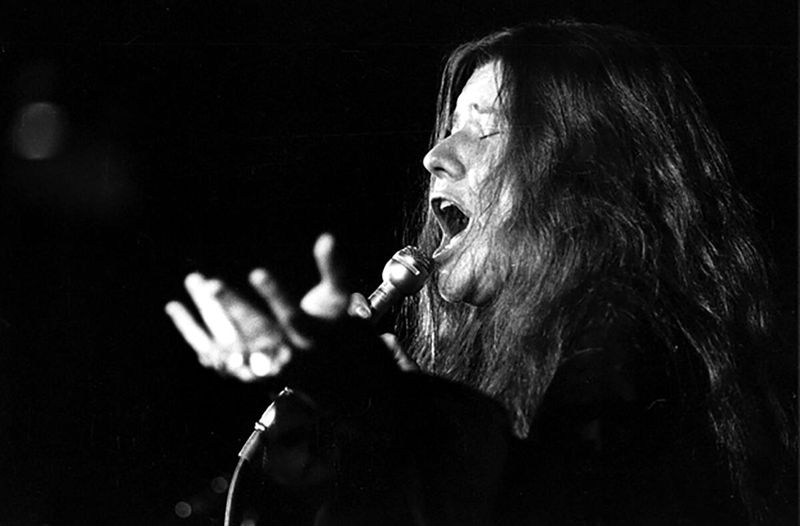
With a voice that could shatter glass and heal souls, Janis Joplin was a force of nature. Imagine a woman who sang with every fiber of her being, leaving audiences breathless with her raw emotion and electrifying performances.
Joplin rose to fame in the late 60s, becoming one of the most powerful female voices in rock and roll. Her music was a reflection of her tumultuous life, filled with passion and heartache. Songs like “Piece of My Heart” and “Cry Baby” became anthems for a generation seeking authenticity.
Though her life was tragically short, Joplin’s legacy endures, inspiring countless artists and reminding us that music can be a powerful form of self-expression. Fun fact: Janis performed at Woodstock without her band, singing with a group of friends instead!
16. Hippie Hairstyles
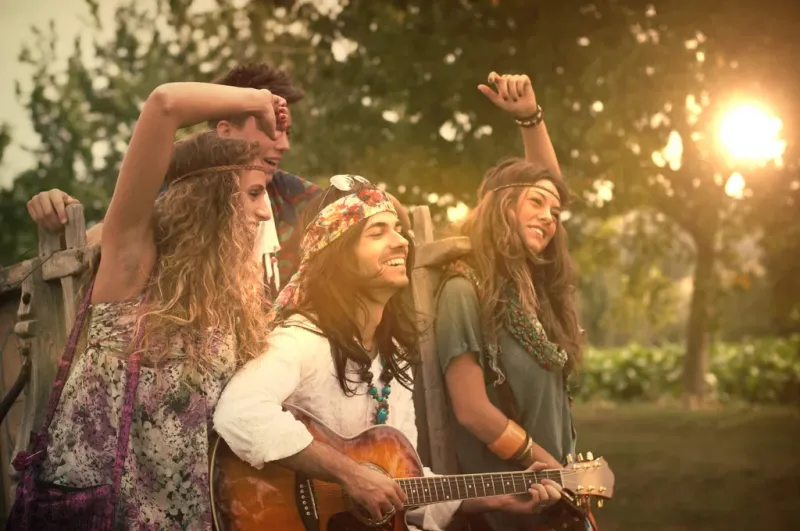
Long hair, don’t care! Hippie hairstyles were all about embracing natural beauty and rejecting conventional norms. Picture flowing locks, adorned with flowers or headbands, as symbols of rebellion and freedom.
For hippies, hair was more than just a style—it was a statement. It represented a break from societal expectations, a way to express individuality and connect with nature. Whether it was long and wild or short and natural, hippie hair was a reflection of the era’s carefree spirit.
Today, these iconic styles still inspire, reminding us that beauty comes in all forms. So, next time you let your hair down, channel your inner flower child. Did you know? The Beatles’ longer hairstyles in the 60s helped popularize the look!
17. Environmental Movement
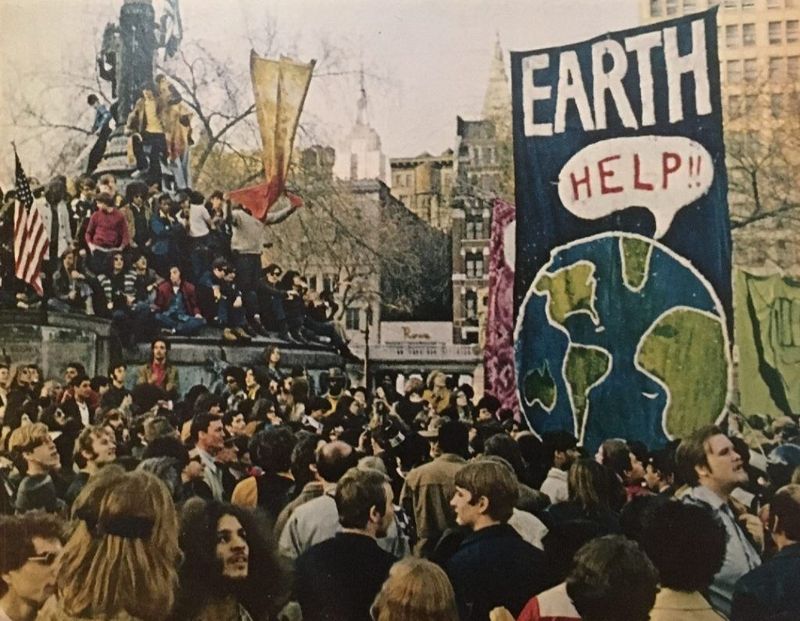
Before ‘going green’ was a trend, the environmental movement of the 60s and 70s was already in full swing. Imagine a group of passionate individuals, armed with shovels and determination, working to protect the planet.
The era saw the birth of Earth Day, the rise of Greenpeace, and a growing awareness of the impact humans had on the environment. Activists organized rallies, protests, and clean-up campaigns, spreading the message that every action counts.
As we continue to face environmental challenges, the spirit of those early activists inspires us to keep fighting for a sustainable future. Did you know? The first Earth Day in 1970 brought together 20 million Americans, marking it as one of the largest civic events in history!
18. Bell-Bottom Jeans
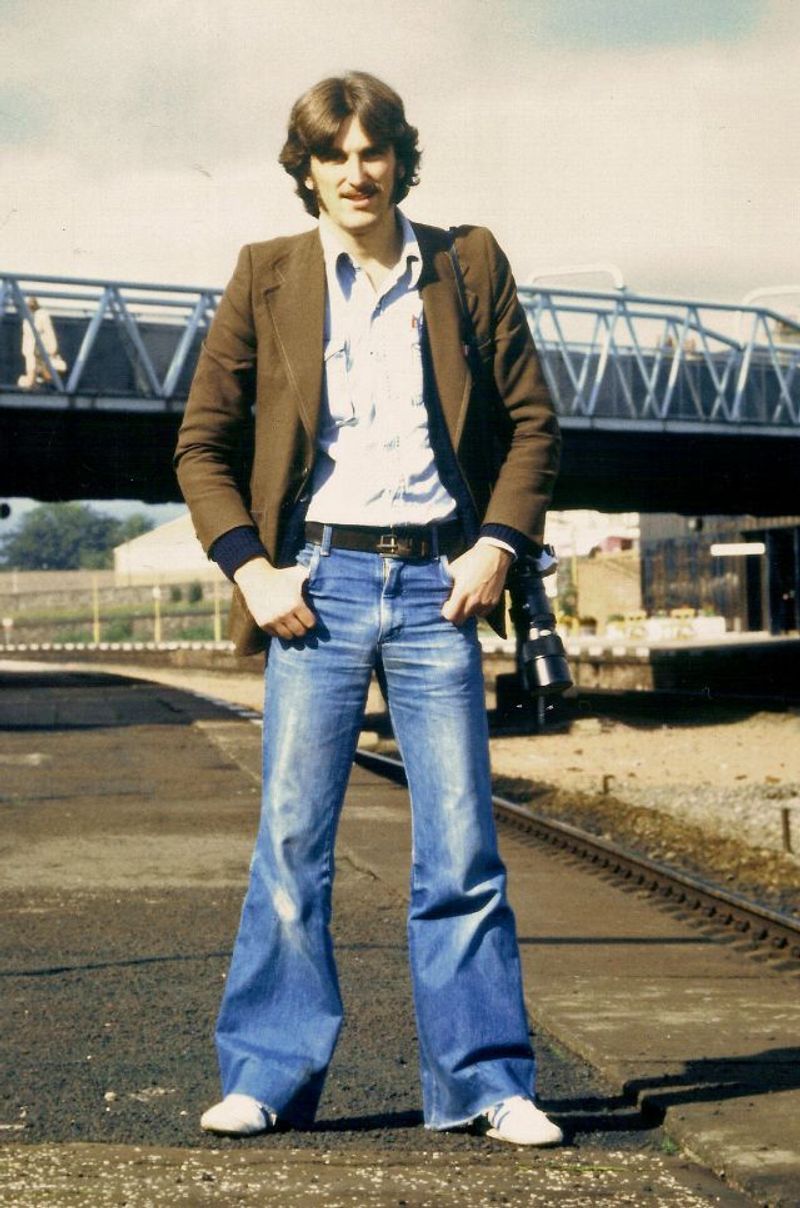
Bell-bottoms weren’t just pants; they were a fashion revolution. Picture a pair of jeans that could catch the breeze and make a statement without saying a word. These flared wonders became synonymous with the hippie movement, embodying its spirit of freedom and rebellion.
The design was practical and stylish, allowing for easy movement and a unique silhouette. Bell-bottoms were often customized with patches, embroidery, and colorful fabrics, making each pair a work of art. They were a favorite at festivals and protests, a staple of the counterculture wardrobe.
Today, bell-bottoms are back in style, proving that true classics never fade. So, slip into a pair and step back in time to an era where fashion was all about self-expression. Did you know? The wide leg design was inspired by naval uniforms, which made them easy to roll up!
19. Hippie Trail
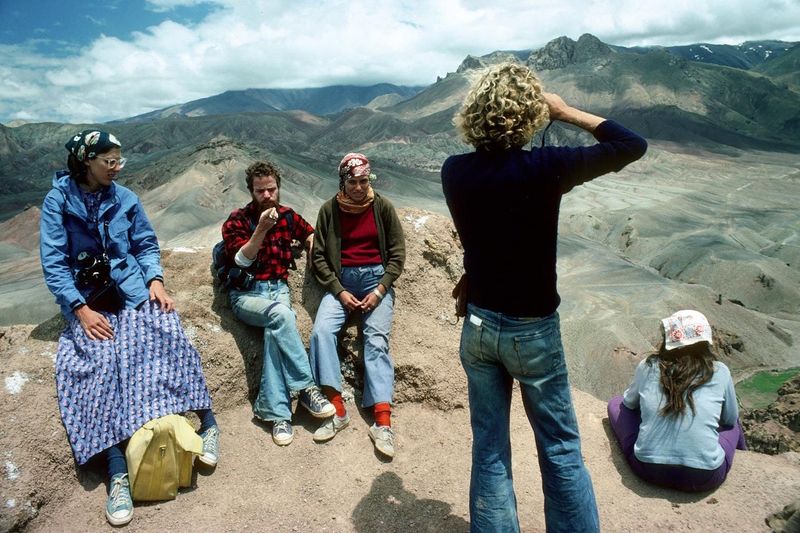
Pack your bags and grab your passport—the Hippie Trail awaits! This overland route from Europe to Asia was a rite of passage for adventurous souls in the 60s and 70s. Imagine crossing continents, guided by curiosity and a thirst for discovery.
Travelers on the Hippie Trail were in search of enlightenment, culture, and new experiences. The journey took them through vibrant cities, stunning landscapes, and exotic markets. It was a path less traveled, offering a glimpse into the world beyond western borders.
Though the trail has changed over the years, its legacy lives on in today’s backpacking culture. It reminds us that the world is a vast and wondrous place, just waiting to be explored. Did you know? The trail’s popularity declined in the late 70s due to political unrest, but its spirit of adventure remains timeless.
20. Yoko Ono and John Lennon
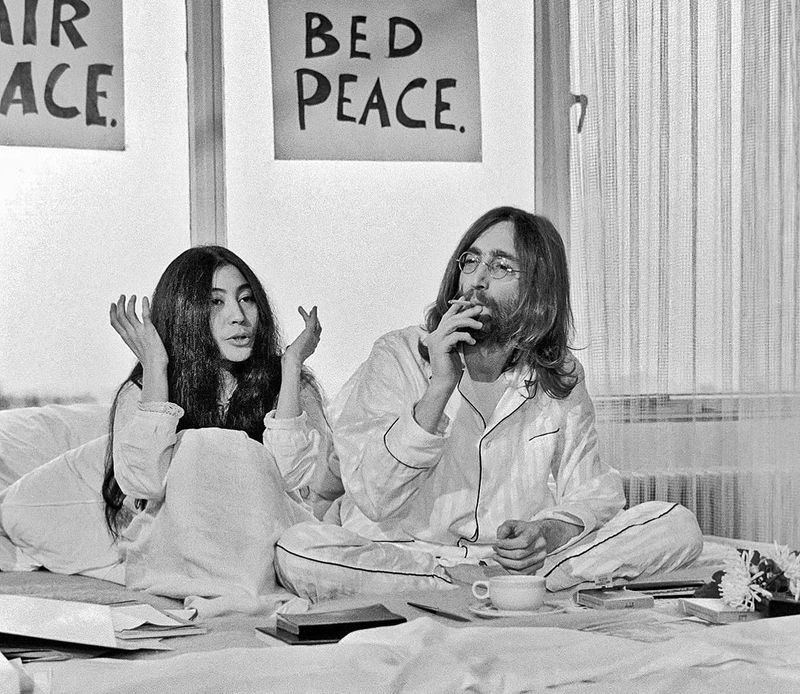
When it comes to iconic duos, John Lennon and Yoko Ono take the cake—or should we say, the peace pipe? Picture a couple who used their love as a platform for change, blending art and activism in a way the world had never seen.
Lennon and Ono were known for their “Bed-Ins for Peace,” using their honeymoon as a stage to promote peace during the Vietnam War. They invited the media into their hotel room, where they discussed peace and sang “Give Peace a Chance.” It was a unique blend of performance art and protest.
Their partnership was as controversial as it was influential, challenging societal norms and inspiring generations. Today, their message of peace and love continues to resonate, reminding us that art has the power to change the world. Did you know? The song “Imagine” was inspired by Yoko Ono’s poetry!
